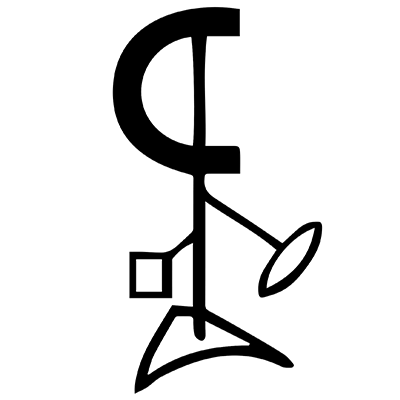ALLEGORY AND FORM
The experience of reading the Medieval play ‘Everyman’ and Christopher Marlowe’s Dr. Faustus is a port hole fantasy entry into the transitional dynamics of the enlightment period that immediately establishes the power of symbolic gestures and motivation. These works are important because they bring the reader into the heart of restructual Europe and the beginning of a fresh period of creative modeling and existential curiosity. Mr. Marlowe seeks to build of the fundamental questions of his time period, and the thrust of his work establishes a context of imagery that comments on the ‘poetic drama’ of human experience. This is a world of symbolic fantasy that can help one gain some Sense of European progressionalism, and the complexities of individual perception dynamics in a transitional time period - as well as the challenge of social realignment- and all the subject implies about human motivation and/or vibrational psychology. The genesis bases of the new theater of symbols and allegorical encounters that provided the new constructs for conceptual modeling in this period is not separate from the social political changes that reshaped Europe and produced the Enlightment period. Mr. Marlowe’s work seeks to penetrate into the heart of ‘vibrational- Europe’, in the Sense that his work seeks to amplify and isolate fundamental questions about aesthetics and symbolic doctrine - as well as the ‘emerging differences’ between classical viewpoints from the Catholic Church and the rise of modern theory. To experience the writings of Mr. Marlowe is to enter into the ‘secret-drawing room’ of European poetic culture. His work gives one a ‘sense’ of the excitement of a growing and changing Europe. These are not just plays designed to entertain the friendly theater go’er, but rather a new attempt at restructualism and modeling. The dynamic implications of his writings establishes the conceptual components that help define a fresh role for creative experience.
The plays Everyman and Dr. Faustus establishes at least three zones of motivational experience. The essence of these works demonstrates the use of allegorical drama (experience) as a means to 1) detail a context of value systems that fulfills the tenet structure of Christen value systems 2) introduces two primary story encounters with a motivic logic that has since become ‘arch-type ‘encounters’ - as part of the extended cannon, and finally 3) his work builds on the traditional imagery of the time period. It is from this perceptive that I was able to gain some sense of early Europe and the power of restructual drama. I was particularly taken by Mr. Marlowe’s use of structure and design. Both plays establishes a kind of ‘stiff’ feeling and contains slow and deliberate ‘action-events’. I experienced Everyman as the beginning of a new sequential-logic,field of exploration- involving a fresh use of character entries/ and oppositions ( the evolution of staging logics/ and design). The nature of a given scene in this context unveils itself in relation to the philosophical and spiritual questions of the day. These works are ‘about something’. In Everyman, the reader and theater go’er is given an opportunity to think about what really matters in life. Here is an individual who found himself alone in the period he needed help most. The nature of his experience would give him an opportunity to ponder on ‘life-essenses’- and the importance of ‘doing-good’ deeds, rather than acquisitions and desire. This idea also is expressed in Dr. Faustus, - the concept of what does it matter if a man gains the world but loses his soul. Yet, in every case the platform of value systems used to portray the drama involves the dynamics of polality-logic structures as the best formal state to portray ‘involvement’ and resolution. It is the battle between ‘good’ and ‘evil’ that really establishes the momentum for ‘profound-drama’ (or transcendent-drama). Finally, both plays sought to extend on the imagrey-model characterizations brought forth through the church- as a platform that provided the context for ‘motion’ and dialogue. Suddenly, there are Angels and Devils- saints and sinners, and good guys and bad guys, and these images are paired with ‘the concept of magic, ( something totally opposite from what the church would normally wants it’s flock to experience) and the fact of phyicality and desire. In these works, we are looking into the genesis restructural breakthroughs that led to the modern era ( which also contains the ‘asethetic-seeds’ for a re-evaluation and better appreciation of both form and the fact of ‘limits’). Mr. Marlowe is quite impressive.
